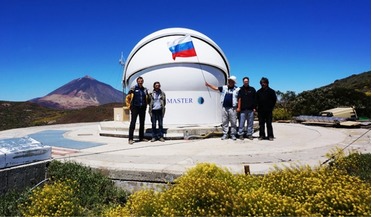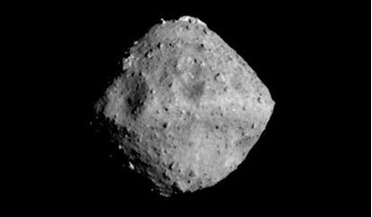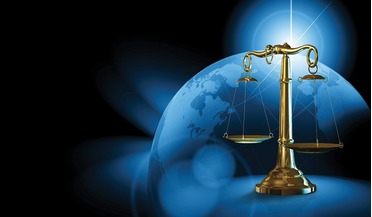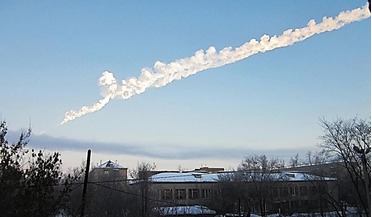 July 2019
Who owns outer space?
July 2019
Who owns outer space?
... in an attempt to answer the question of who owns the potential wealth of resources. Plans to mine the Moon and asteroids are in place, confronting scholars, politicians and space professionals with challenging legal, economic, scientific and ethical...
 March 2016
Saving Earth from an Expanding Sun
March 2016
Saving Earth from an Expanding Sun
... other side of the Moon? Its day-to-day function would be to take commerce in, receiving resources from the asteroids, perhaps sending out refined, developed materials as part of a lunar industry. People would be counting on this space elevator...
 February 2017
Global robotic network for monitoring near-Earth and outer space
February 2017
Global robotic network for monitoring near-Earth and outer space
... has discovered about one thousand new optical transients of all types - from astrophysical explosions to potentially dangerous asteroids and comets. The MASTER II network is internationally recognised and its telescopes have been invited to the best...
 27 June 2018
Hayabusa2 reaches Ryugu after a 42 month journey
27 June 2018
Hayabusa2 reaches Ryugu after a 42 month journey
... multiple payloads carried aboard the space probe, which include a shoebox-sized lander called MASCOT (Mobile Asteroid Surface Scout) to help identify its chemical composition and a Small Carry-on Impactor (SCI) designed to blow a hole...
 March 2016
Space industrialisation needs balanced legal and policy approach
March 2016
Space industrialisation needs balanced legal and policy approach
... United States. It is divided into three brief sections, comprising ‘definitions’, ‘commercial exploration and commercial recovery’, and ‘asteroid resource and space resource rights’. In defining relevant terms, the drafters were clear that the types...
 February 2016
Data Systems to Support Early Warning of Spaceborne Emergency Situations
February 2016
Data Systems to Support Early Warning of Spaceborne Emergency Situations
... evaluating the after-effects of a collision with a celestial body. Initial information about orbits is obtained from the asteroid catalogue after which speed, location and angle of entry into the atmosphere are calculated as an approximation of the...